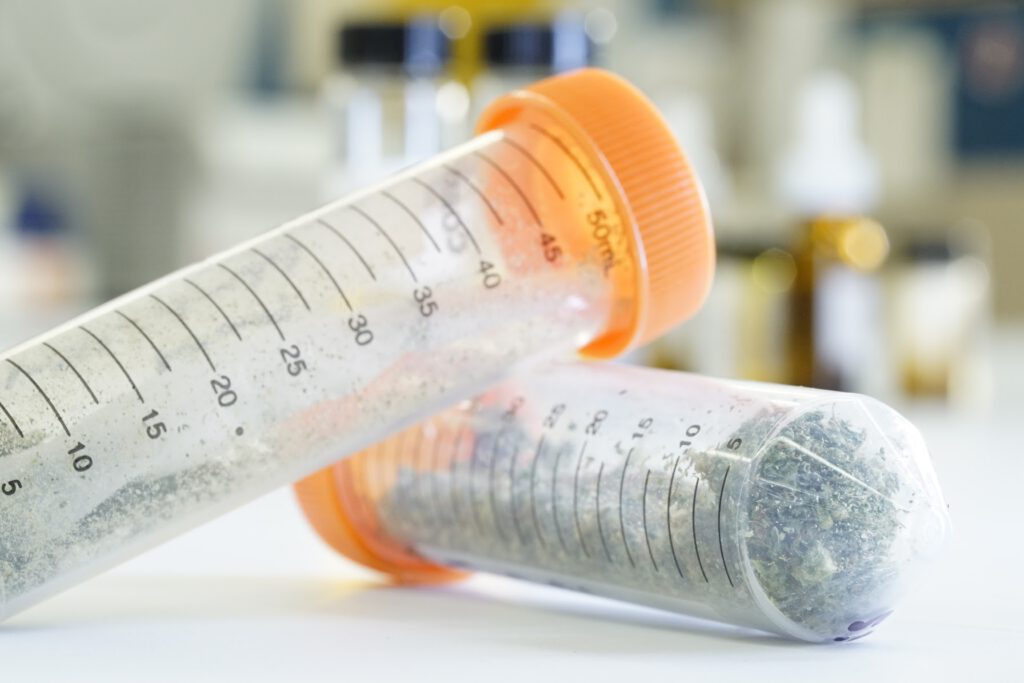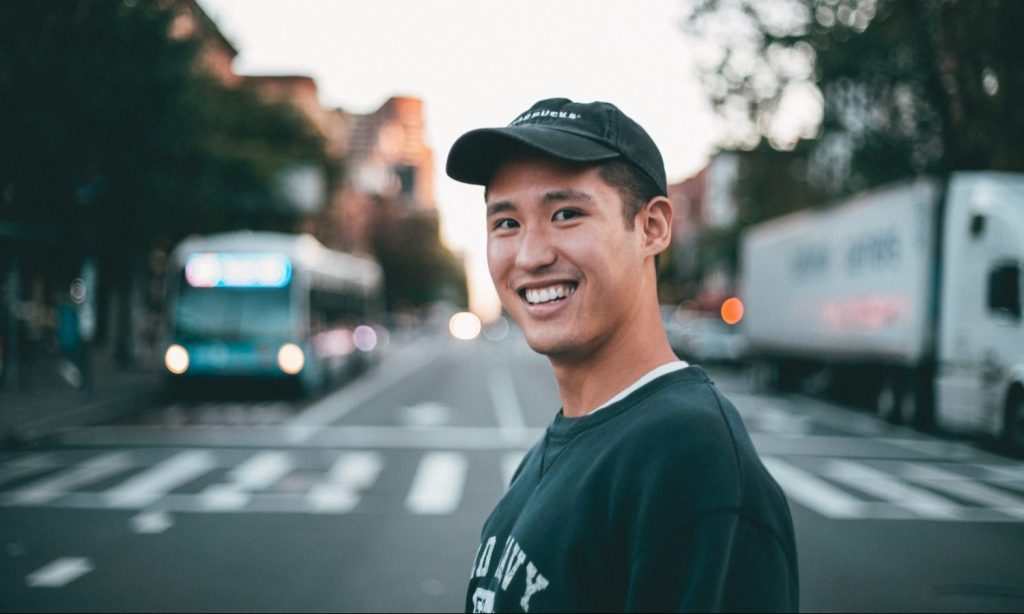State lawmakers in Louisiana approved a bill on Wednesday that allows patients in the state’s medical marijuana program to access smokable forms of cannabis. The measure, House Bill 391, was approved in the Louisiana House of Representatives by a vote of 76 to 17 after being approved by the state Senate with a 23 to 14 vote last month.
Under the newly passed measure, registered patients in Louisiana’s medical marijuana program will be permitted to possess and use unprocessed, smokable forms of cannabis. The program’s current regulations only allow patients to access medical marijuana products including topicals, tinctures, gummies, and inhalers that deliver a metered dose of a vaporized cannabis. Marijuana in raw flower form is not allowed and smoking medical marijuana products is also not permitted.
Republican House Speaker Pro-tem Tanner Magee, the sponsor of the bill, told local media that the approved products are too expensive for many of the state’s medical marijuana patients.
“Most of the products aren’t covered by insurance,” Magee said. “This is a way to provide a more affordable option.”
HB 391 was originally approved by lawmakers in the Louisiana House of Representatives in May. However, the bill was amended as it was being considered by the state Senate, requiring the House of Representatives to vote again on the revised version. The measure received overwhelming bipartisan support in both houses of the Louisiana state Legislature.







